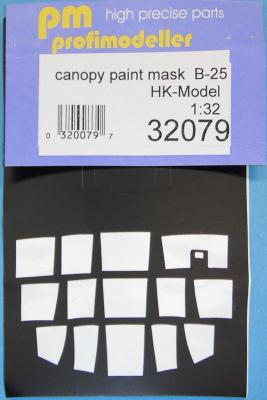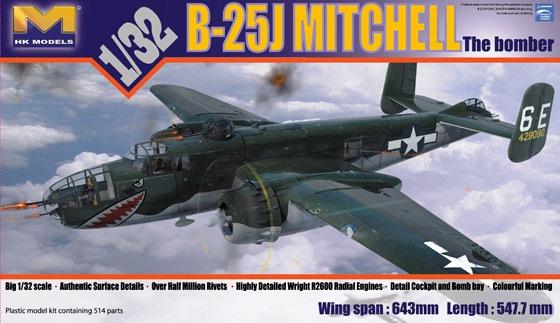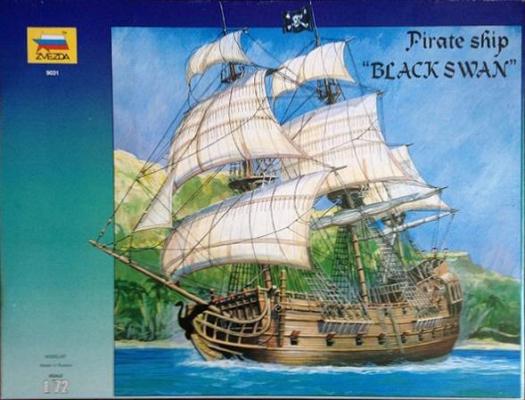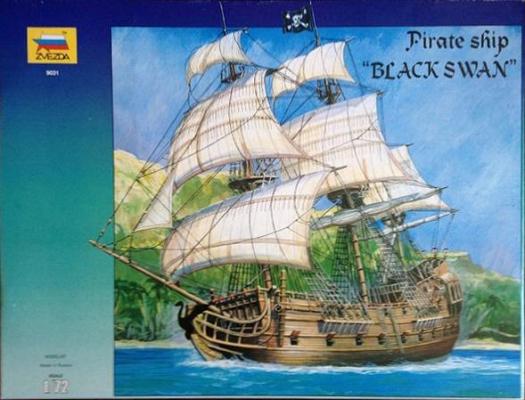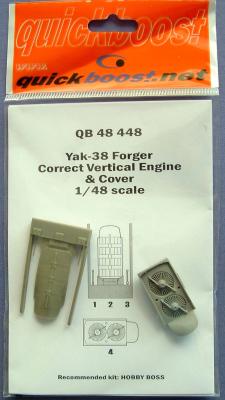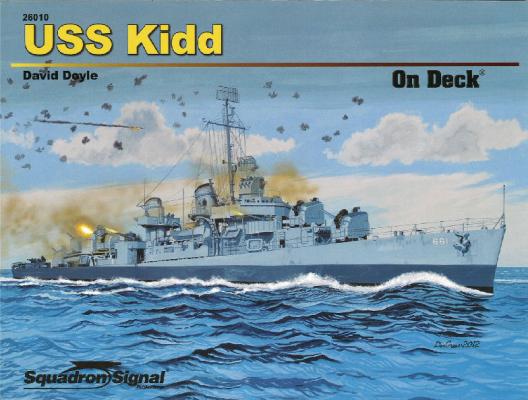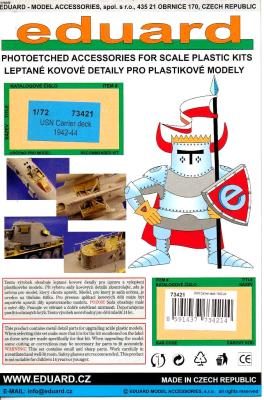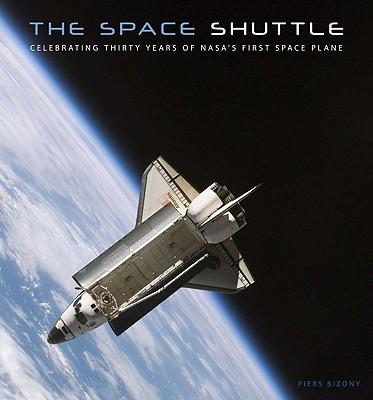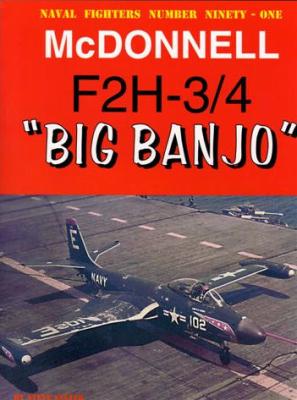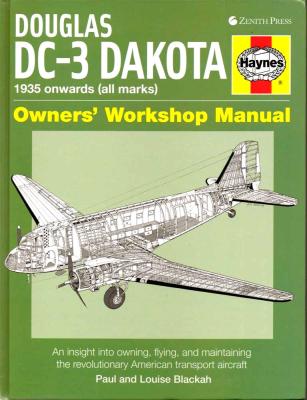- Masks - 32-079, $4.75
- Gun Barrels - 32-080, $42.50
New from the Czech Republic come two very interesting additions to the all new H-K B-25J kit. While the kit gun barrels are acceptable, the enhancement that this product supplies is spectacular in comparison. These precision machined parts are jewel-like. The barrels themselves are two-part arrangements that consist of the barrel (hollow with air holes) and the gun tips themselves. They are to be painted separately and then assembled, showing the tips protruding in a polished metal without bluing. The final appearance is shown here. In this writer’s opinion, well worth having if you’re doing the B-25J.

